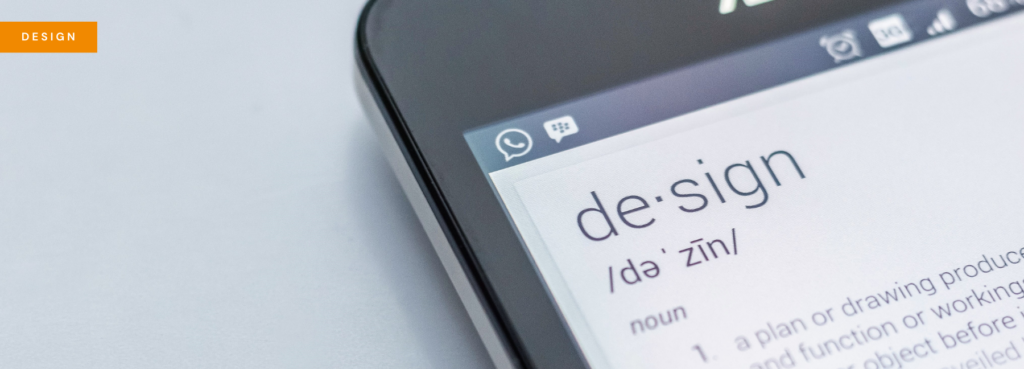How to brief a book designer

This is a guest post by Annette Peppis. Annette is an enthusiastic early member of BookMachine. Annette helps publishers attract more readers by creating a professional look that builds their business and reflects their values, and offers smart and stylish solutions. You can read Annette’s blog about about graphic design here.
Anxious about briefing a designer? Don’t be! Any designer worth their salt will want to help you project the right image, communicate successfully with your readers and get your message across clearly, so will help you write the brief. There are a lot of things you can do to make life easier for both of you and ensure you get the result you want. Here are a few ideas:
1) What is your target market?
Think about who your target market is. A design aimed at women of a certain age will not attract young males, and vice versa. Don’t say ‘everyone’ – there will never be a design that appeals to all.
2) Who are your competitors?
If using someone out of house, tell her as much as you can about your publishing business, and let her know who your competitors are so she can check out what they are doing – you’ll want to differentiate yourself from them, while making sure your book fits into its genre. Show her examples of successful books which are similar to yours.
3) Mood
Think about the type of image you’d like to portray: cool, calm and collected or bright, vibrant and outgoing? Sophisticated and professional or reliable and friendly? Colour and typefaces can be used to create mood.
4) Colour
Your designer will have some knowledge of colour psychology. It’s important to get your branding or book to look right for its genre and target market.

Orange is a friendly colour, vibrant and energetic. However, it can also be perceived as cheap. Blue is traditionally favoured by business publishers; it inspires confidence and trust.
5) Fonts
Each font has its own personality and evokes different moods, and your designer will know which fonts will suit your subject matter. Don’t rule out a typographic-only cover; often these are the strongest.
6) Image
Rather than being specific, give your designer a synopsis of the book and some sample chapters to read. Designers are creative and will come up with good concepts.
7) Style
What kind of visual style do you think would be suitable for the book? Modern or traditional? Simple or complex? Techie or new-age? Clean and bright or subtle or dark?
8) Cost
What is your budget? Good design is worth paying for, but it can be disheartening to discuss a brief that you later find you cannot afford. Make sure you ask for a quote and agree terms in advance. (The book design is only part of the story; you may want to get other marketing materials printed too, and may require a micro-site near launch.)
9) Time
Good design takes time and collaboration to get right. Don’t expect a designer who you have never worked with before to produce a miracle result overnight! It can happen – but it probably won’t. Good designers are can be booked up in advance by regular clients, so planning ahead is advisable.
Once you have discussed all this and more (size, extent, etc), you and your designer should between you be able to write a brief and a schedule. This may seem like a lot of work, but if you want your designer to really ‘get’ you, it’s well worth the effort. It’s important to trust your designer. A good designer will have trained professionally – usually at degree level and will have the skill and experience to interpret your brief and provide a solution that both looks good and does the job it should. Giving them freedom within the constraints of the brief will result in a design to be proud of, and ultimately more sales for you.






Responses